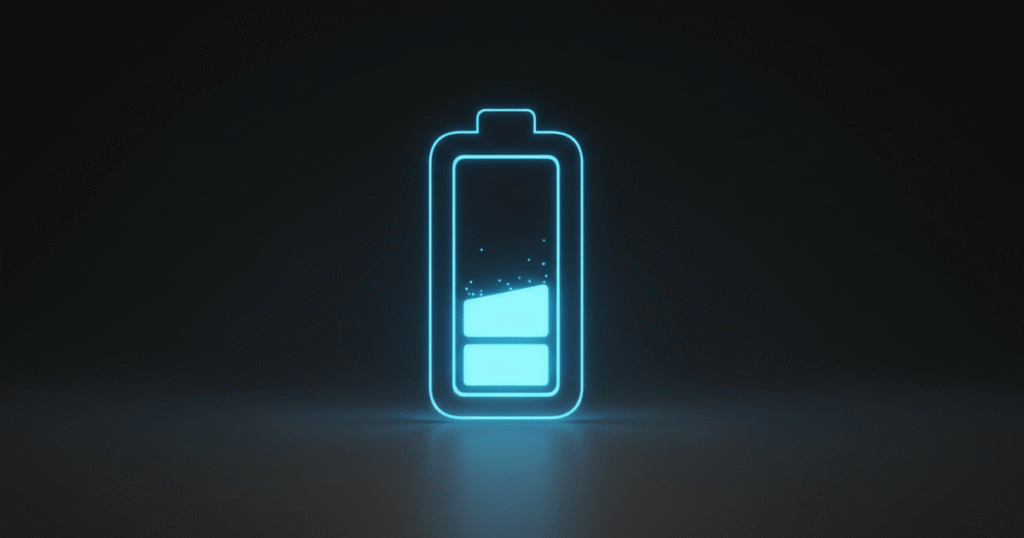Many people think of exercise as a two-part equation: you train, and you eat. But they’re missing the most critical component, the one where all your results are actually forged: recovery. At Pillar, we call this the Regenerate pillar, and it’s a fundamental part of our methodology. Understanding how to improve workout recovery is not about being passive; it’s an active process of giving your body the resources it needs to adapt and come back stronger.
Your body is a laboratory, and each workout is an experiment. The stimulus you apply in the gym is the hypothesis, but the regeneration phase is where the results develop. Without a strategic approach to recovery, you’re leaving your hard-earned gains on the table.
Prioritize Sleep: The Foundation of Regeneration
If you do only one thing to improve your recovery, it should be to optimize your sleep. Sleep is not just passive rest; it’s a highly active metabolic state where your body does the heavy lifting of repair and growth. During deep sleep, your body releases growth hormone, a key player in repairing damaged muscle tissue (1). One study found that even a single night of sleep deprivation can reduce muscle protein synthesis—the process of rebuilding muscle—by 18% (2) and create a hormonal environment that favors muscle breakdown.
Think of sleep as the master switch for your hormonal system. Chronic sleep loss can disrupt the regulation of hormones that control metabolism, appetite, and stress (3), creating a cascade of negative effects that directly undermine your fitness goals. Aim for 7-9 hours of quality sleep per night to ensure your body’s internal laboratory has sufficient time to process the experimental data from your workouts.
Implement Active Recovery and De-Load Weeks
Recovery doesn’t always mean lying on the couch. Sometimes, the best thing you can do for your body is to move. Light, low-impact movement, known as active recovery, can be more effective for clearing metabolic byproducts like lactate than passive rest (4). This could look like a brisk walk, a gentle bike ride, or a stretching session on your “off” days. The goal is to increase blood flow to your muscles, which helps deliver nutrients and clear out waste without adding significant new stress.
Similarly, it’s crucial to understand that consistent, high-intensity stimulus requires planned periods of reduced intensity. This is why understanding are rest days important for building muscle? is so vital. Periodically reducing your training volume and intensity—a process known as a de-load—allows your body to fully catch up on recovery, repair nagging aches, and prepare for the next phase of training.
How to Improve Workout Recovery Through Stress Management
Chronic stress is one of the biggest enemies of workout recovery. When you’re psychologically stressed, your body produces higher levels of cortisol, a catabolic hormone that can interfere with muscle repair and promote fat storage. Research has shown that high levels of perceived stress can directly impair the recovery of muscular function after a strenuous workout (5).
Managing stress is a critical component of the Regenerate pillar. This can be achieved through various practices, such as mindfulness meditation, deep breathing exercises, or simply spending time in nature. Regular physical activity itself is a powerful tool for building stress resilience (6), but it must be balanced with adequate recovery to be effective. By actively managing your stress levels, you create a more favorable hormonal environment for your body to adapt and grow.
The Pillar Protocol for Sickness & Minor Injury
Sometimes, despite our best efforts, the body’s systems get compromised. A cold, a tweaked joint, or overwhelming life stress are all signals that the laboratory equipment is not functioning at 100%. In these moments, a smart researcher doesn’t push a faulty experiment; they pause to recalibrate.
The Pillar Protocol for Sickness & Minor Injury is simple: when your body is compromised, your sole focus must shift to the Regenerate pillar. This means temporarily halting the Stimulus (your workouts) and dedicating all your energy to recovery. Pushing through sickness or injury doesn’t make you tougher; it corrupts your experimental data, delays adaptation, and increases the risk of a more significant setback. Once you are fully recovered, you can resume your training, knowing your body is truly ready to adapt.
Ultimately, learning how to improve workout recovery is about shifting your mindset. It’s not a break from your training; it is the training. By prioritizing sleep, integrating active recovery, managing stress, and listening to your body, you empower the Regenerate pillar to do its job: turning the hard work from your experiments into real, lasting results.
Sources
- The Impact of Sleep and Circadian Disturbance on Hormones and Metabolism
- The effect of acute sleep deprivation on skeletal muscle protein synthesis and the hormonal environment
- unravelling the relationship among sleep disorders, hormones and metabolic diseases
- The Effect of Active Recovery on Power Performance During the Bench Press Exercise
- Psychological stress impairs short-term muscular recovery from resistance exercise
- Regular exercise is associated with emotional resilience to acute stress in healthy adults
